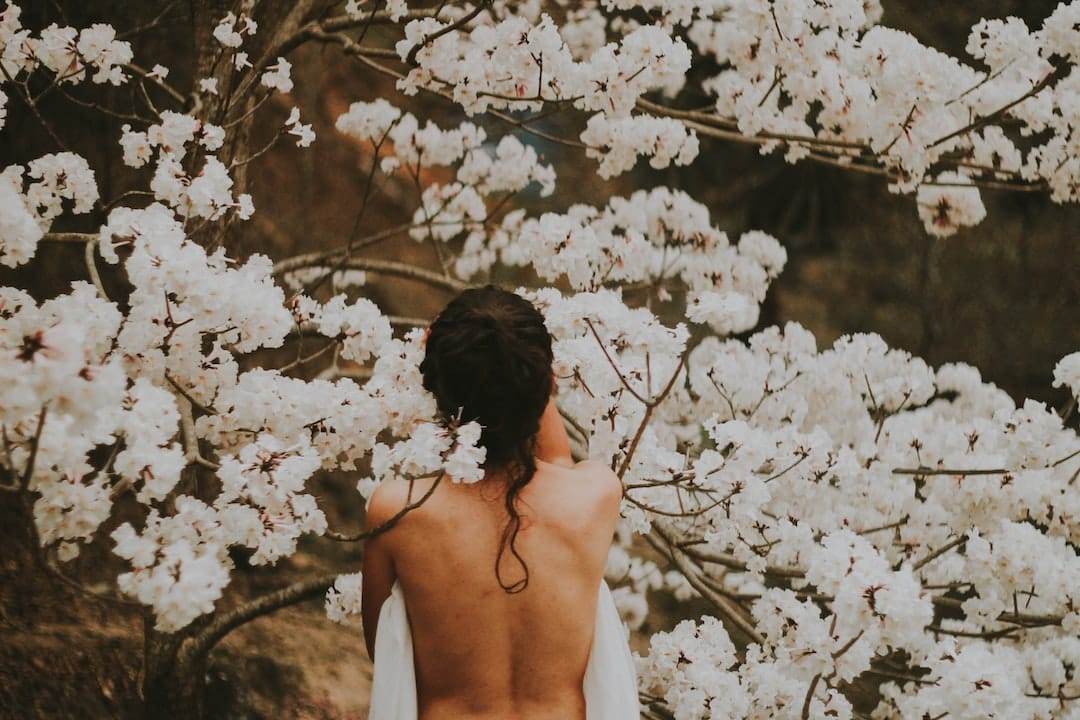What Is Aspect-based Analysis In Sentiment Analysis?
Aspect-based sentiment analysis is a sophisticated method within the broader field of sentiment analysis that goes beyond simply categorizing the overall sentiment of a piece of text. Here’s a detailed breakdown:
Key Features of Aspect-Based Sentiment Analysis
- Driven by Machine Learning and AI: Utilizes advanced machine learning techniques and artificial intelligence to provide detailed insights.
- Granular Insights: Breaks down text into smaller chunks to offer more precise and accurate insights.
- Predefined Categories: Automatically assigns sentiment to predefined categories, making it easier to understand which specific features of a product or service are liked or disliked.
- Feature Distinguishment: Distinguishes which features of a product or service are positive and which need improvement.
- Category Identification: Determines which categories are mentioned in reviews and calculates the sentiment for each category.
- Actionable Insights: Surfaces strengths and weaknesses of a business's products or services quickly, providing actionable insights.
- Model Generation: Uses machine learning and neural networks for natural language processing.
- Clustering: Clusters words and phrases into semantically similar clusters (aspects) and derives a sentiment score for each aspect.
- User-Friendly Labels: Applies user-friendly labels like "Price" to automatically discovered clusters.
- Text Classification: Classifies new text data, identifies each aspect present, and determines a sentiment score for each.
- Multiple Sentiment Scores: Provides multiple sentiment scores for each text document, reflecting real-life varying sentiments.
- Nuanced Understanding: Offers the quickest way to surface insights and gain a nuanced understanding of customer opinions.
Applications and Benefits
- User-Generated Content Analysis: Excels in analyzing user-generated content and product reviews, particularly useful for large e-commerce sites and travel aggregator sites.
- Product and Service Improvement: Helps companies improve products or services by identifying successful areas and those needing attention.
- Social Media Sentiment: Useful for analyzing social media sentiment, product reviews, and customer surveys.
- Enhanced Customer Insights: Provides more granular insights about customers' mindsets, improving business performance.
- Versatile Use Cases: Can be applied in any scenario where the primary subject matter is written about in various ways but can be semantically clustered into distinct categories.
- Industry Relevance: Benefits industries dealing with large quantities of user-generated content and reviews, especially customer-centric companies such as Consumer Packaged Goods, Banking & Finance, Mobile Communications, Government, Hospitality, and Automotive.
Comparison with Other Sentiment Analysis Methods
- Document-Based Sentiment Analysis: Analyzes a whole piece of text and provides a single categorization of the sentiment expressed.
- Topic-Based Sentiment Analysis: Breaks pieces of text into words and phrases, clusters them into specific topics (e.g., 'food', 'customer service'), and calculates sentiments for each topic.
- Aspect-Based Sentiment Analysis: Goes a step further by mining aspects from data to measure their sentiment and attributes them to previously identified topics. For example, it might identify aspects like 'quick service', 'polite staff', and 'cleanliness' and measure their sentiment under the topic "customer service."
Industry-Specific Models
- Industry-Specific Aspects: Built on industry-specific aspects for higher accuracy insights. Aspects vary by industry (e.g., 'teller' and 'savings account' in banking vs. 'food' and 'drinks' in restaurants).
- Automated Insights: Automatically provides customer sentiment insights about various aspects of a business without manual tagging.
Conclusion
Aspect-based sentiment analysis is a powerful tool for businesses looking to gain deep, actionable insights from customer feedback. By breaking down text into specific aspects and measuring sentiment at a granular level, it helps companies identify and address specific areas of strength and weakness, ultimately leading to improved products and services.






